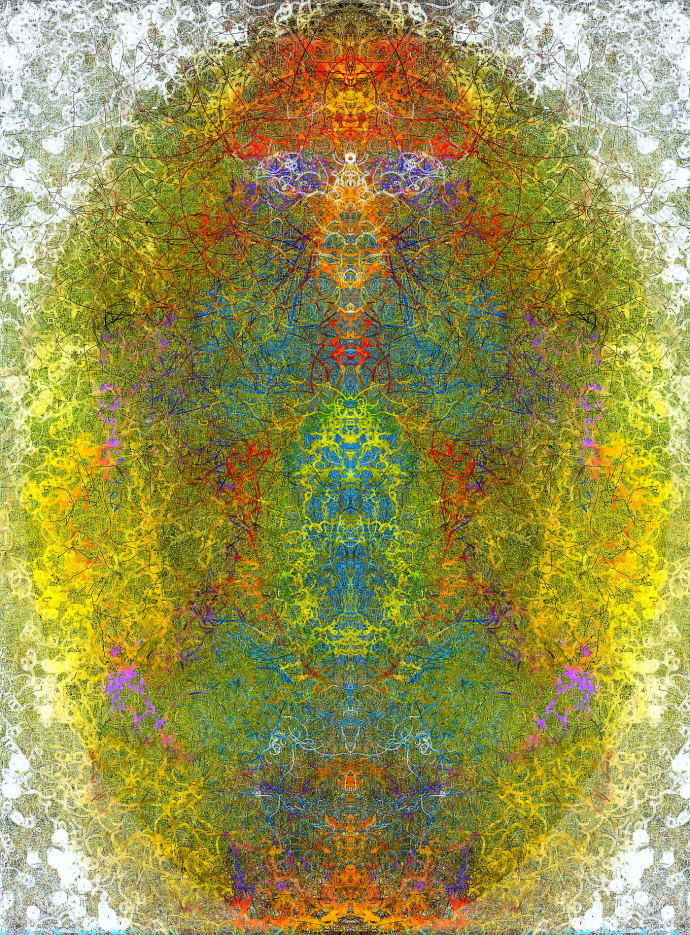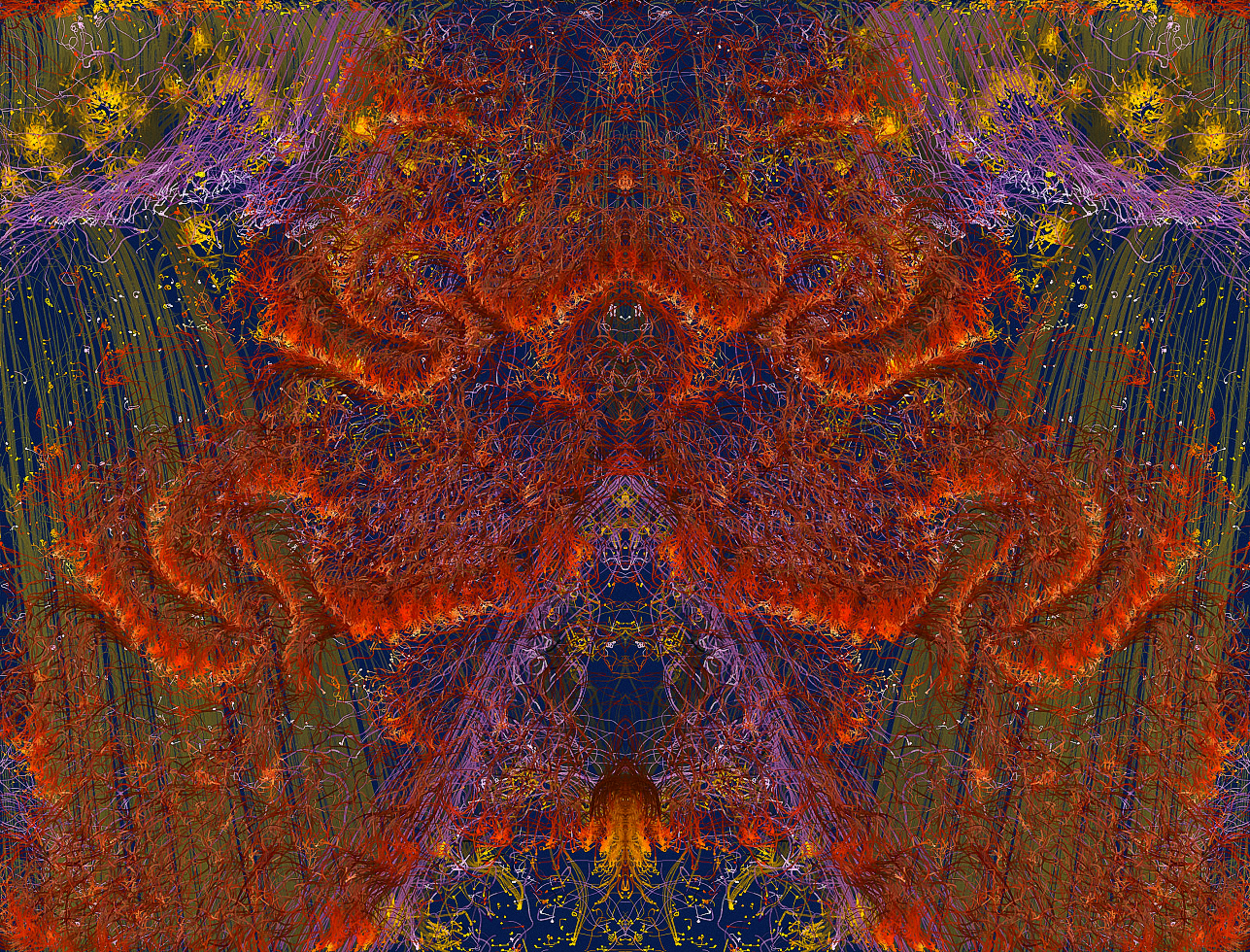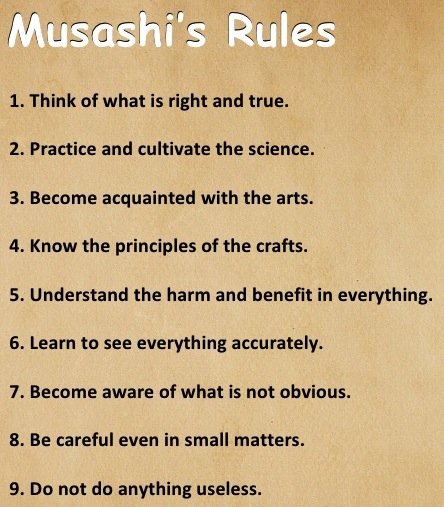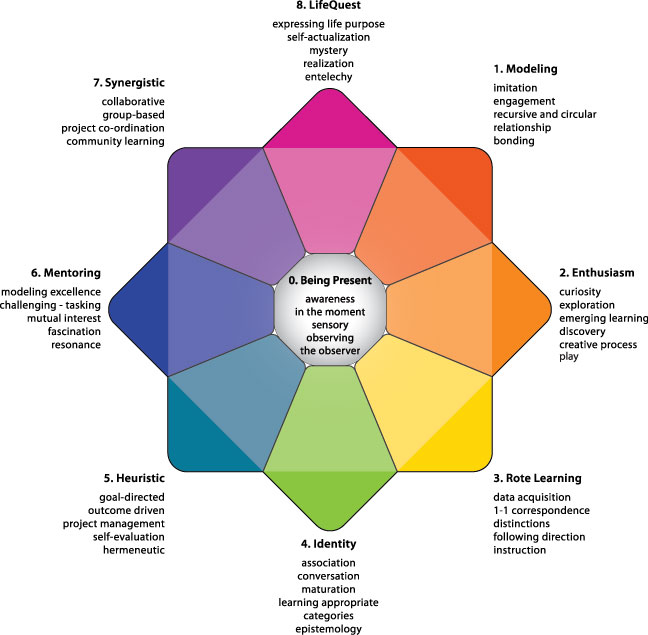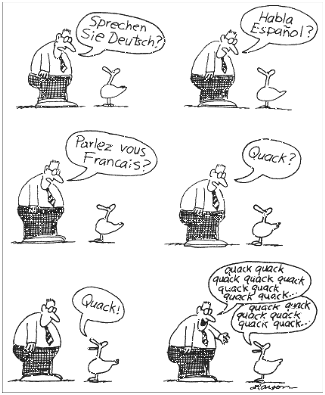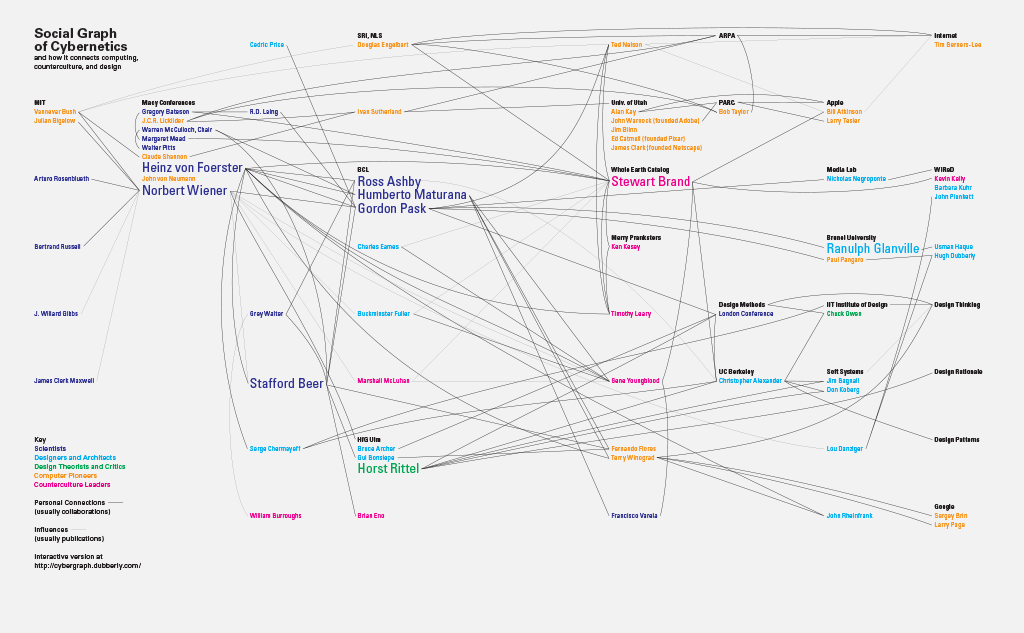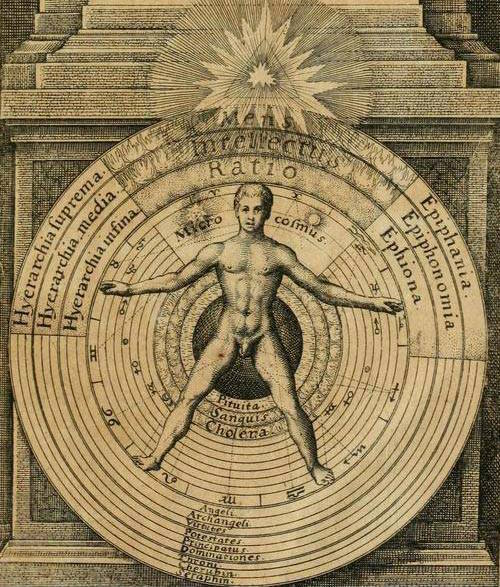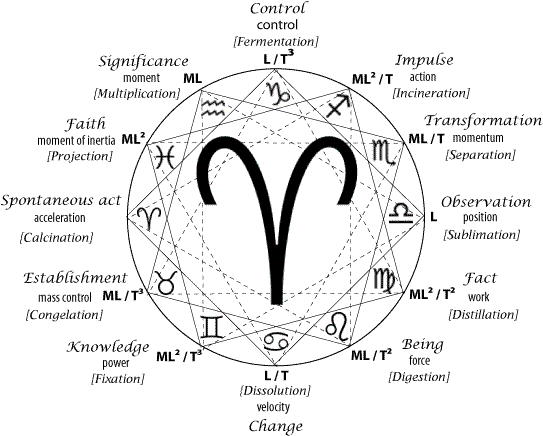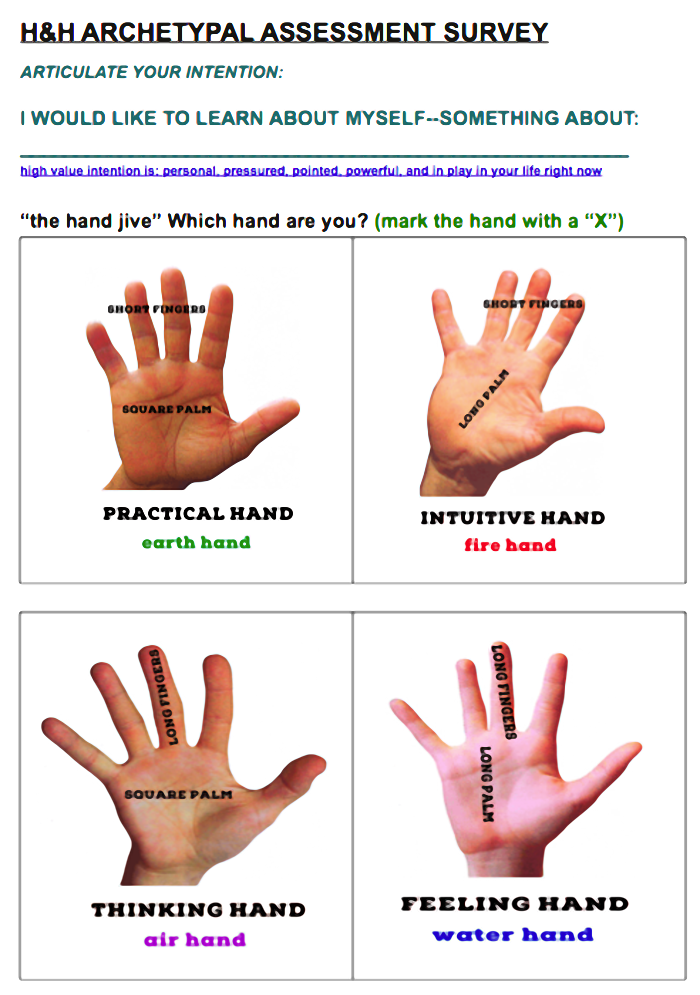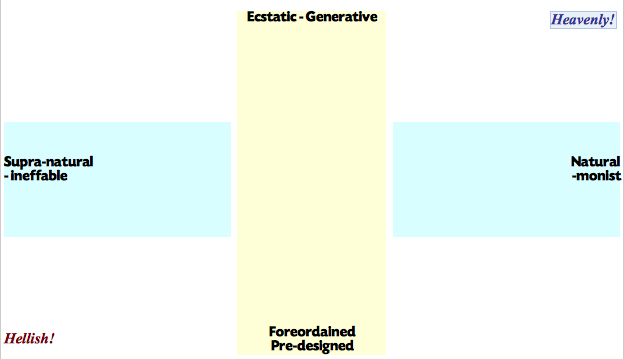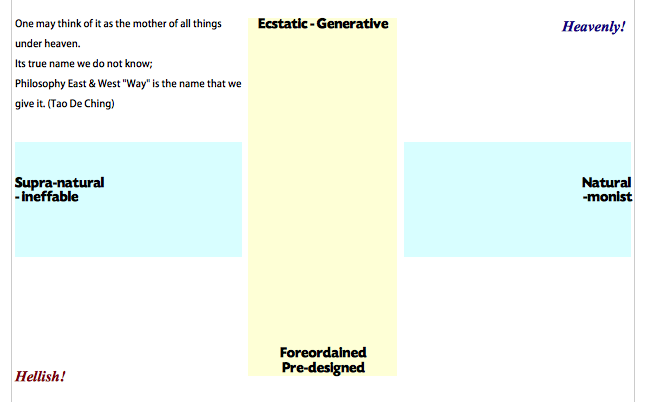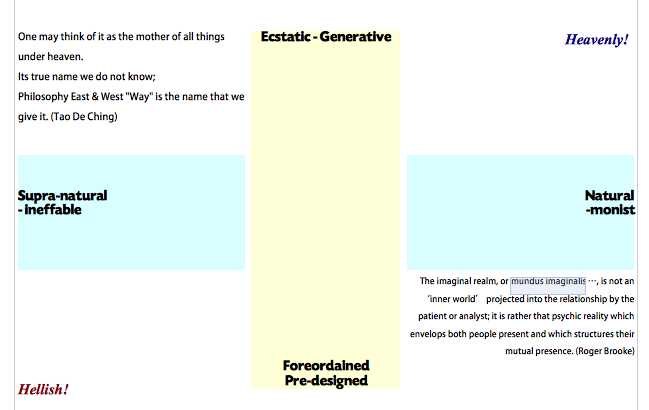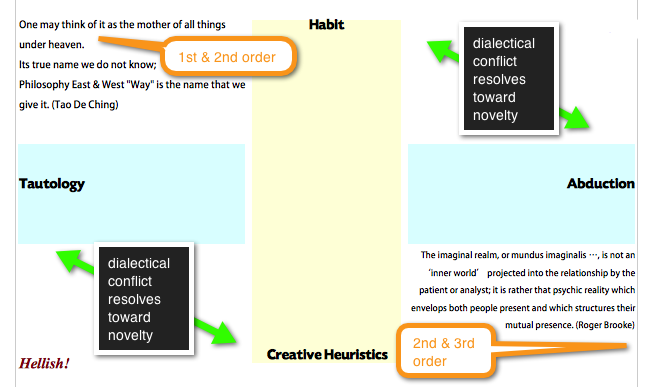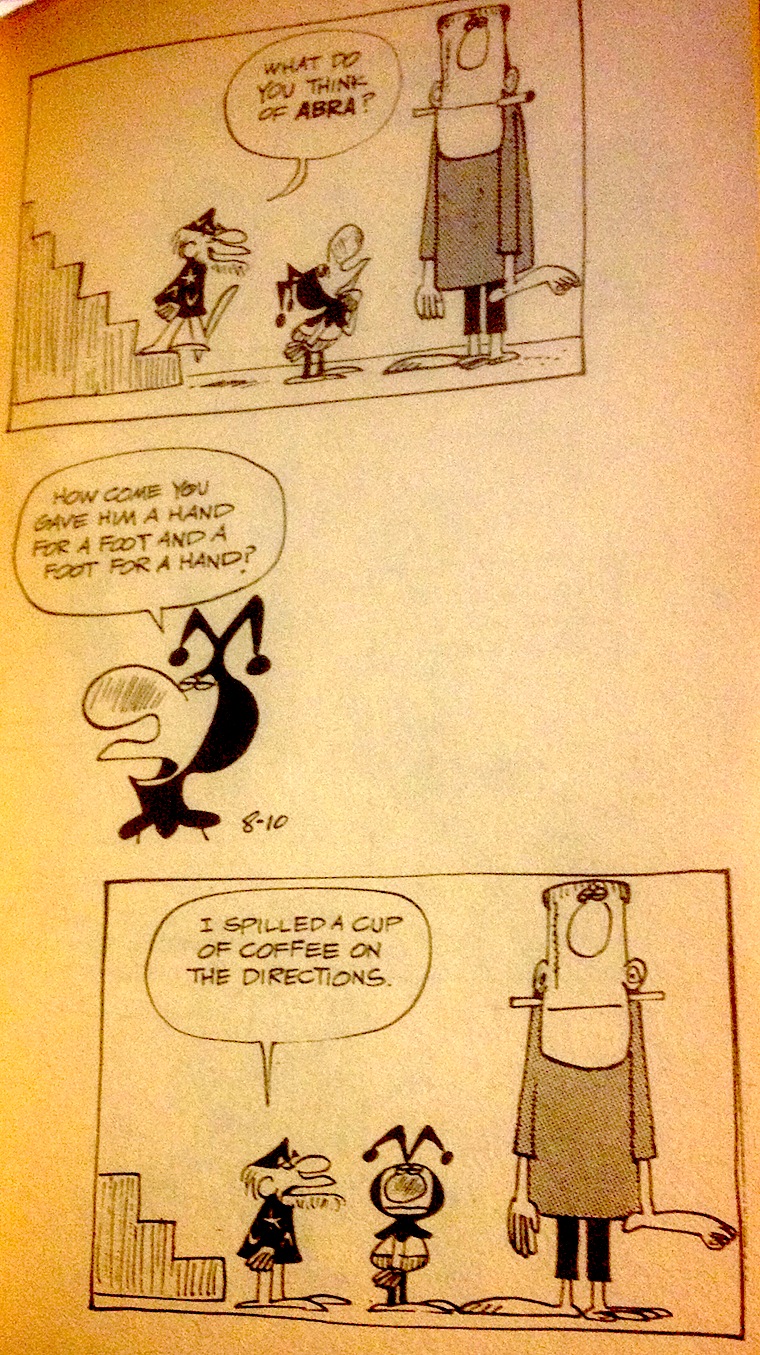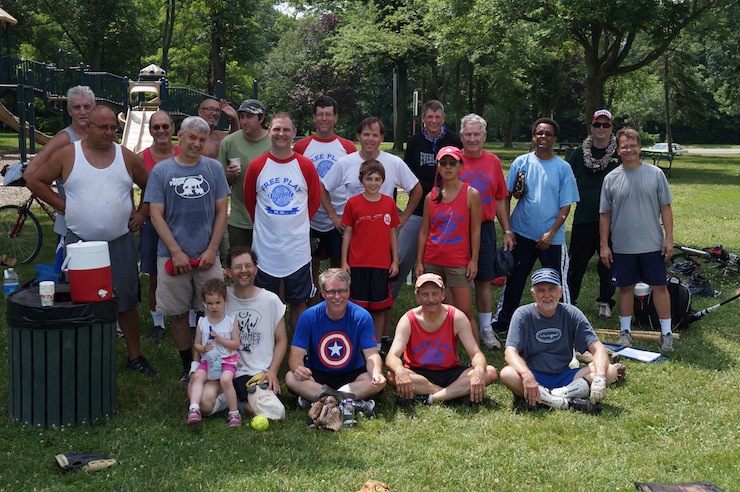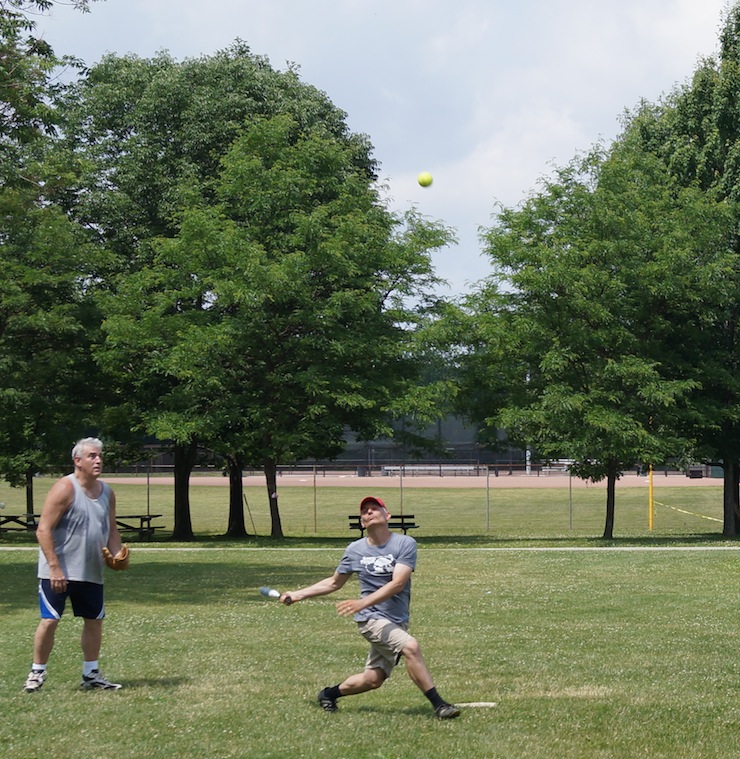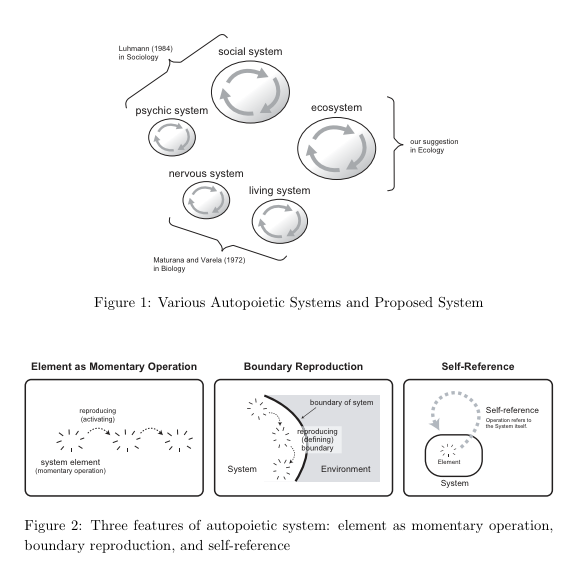(I will be posting the two additional videos of Humberto and Heinz. Their brief engagements are very dense and rewarding. One of my favorite endeavors is to dive into dialogs. Thankfully these moments betwixt Maturana and von Foerster were captured so it is now possible to point to fine examples on youtube of deep diving dialog and conversational learning.)
Given the objectives of the Reduced Bateson Set, The second protocol of systems awareness, following from the first protocol of Intentional Reflection, is: “de-location and re-location.” This move is concerned with, in actual effect, jiggling–the/available/any–context(s.)
For now, after dealing with the above video, ramble with Heinz von Foerster.
shr: Do you not think that artificial intelligence is similarly implicit in other fields?
heinz von foerster: I do not think so. The founders and proponents of Artificial Intelligence were from the beginning very much motivated and extremely competent to go after highly specialized tasks as, for instance, how to build a robot which could rearrange an arrangement of blocks into another desired arrangement.
The performance of these machines are very impressive indeed, but I see them more as witnesses to the extraordinary natural intelligence of their designers, rather than cases of “artificial intelligence.”
The anthropomorphization of these machine functions I see insofar as dangerous, because one may be tempted to believe that when we say “this machine ‘thinks'” we know now how we think, for we know how the machine “thinks.”
Syntactically, however, the distinction is clear, for when the machines “thinks” they do it between quotes: quote think unquote. Except for the name there is nothing in common between the functions “think” and think!
shr: This is somewhat reminiscent of some classical critiques of artificial intelligence, for example, Hubert Dreyfus’s critique. It seems that you are saying something along Dreyfus’s lines because you are saying that although artificial intelligence is claiming that they are working to solve the problem of intelligence at large, indeed they are working within a very narrow definition of cognition or intelligence, ignoring the larger background and context within which cognition operates. And it seems that your view of cybernetics, or your own work, strives to look at cognition the opposite direction, in its largest possible framework.
hvf: The way you put your question conjures up in my mind the image of the Roman god of the Beginnings, the Guardian of the Universe, the god Janus. He has a head with two faces that look in opposite directions. Now I see one face watching Aristotle’s way of synthesizing imitations of life: “bio-mimesis”; the other face attending to those who follow the Platonic of coming to grips with, as Bateson put it, “mind and Nature, a Necessary Unity.”
My sense is that we need to learn to look both ways, like the god Janus. Interview at SEHR; Stanford

Heinz vo Foerster: When I answered “I shall talk about Ethics and Second-Order Cybernetics,” almost all of them looked at me in bewilderment and asked “What is second-order cybernetics?” as if there were no questions about ethics.
I am relieved when people ask me about second-order cybernetics and not about ethics, because it is so much easier to talk about second-order cybernetics than it is to talk about ethics. In fact, it is impossible to talk about ethics. But let me explain that later, and let me now say a few words about cybernetics, and, of course, about cybernetics of cybernetics, or second-order cybernetics.
As you all know, cybernetics arises when effectors, say, a motor, an engine, our muscles, etc. are connected to a sensory organ which, in turn, acts with its signals upon the effectors.
It is this circular organization which sets cybernetic systems apart from others that are not so organized. Here is Norbert Wiener, who re-introduced the term “cybernetics” into scientific discourse. He observed:
The behavior of such systems may be interpreted as directed to the attainment of a goal.
That is, it looks as if these systems pursued a purpose! That sounds very bizarre indeed.
But let me give you other paraphrases of what cybernetics is all about by invoking the spirit of women and men who rightly could be considered the mamas and papas of cybernetic thought and action.
First, here is Margaret Mead, whose name is, I am sure, familiar to all of you. In one of her addresses to the American Society of Cybernetics she said:
As an anthropologist, I have been interested in the effects that the theories of cybernetics have within our society. I am not referring to computers or to the electronic evolution as a whole, or to the end of dependence on script for knowledge, or to the way that dress has succeeded the mimeographing machine as a form of communication among the dissenting young.
Let me repeat that:
I am not referring to the way that dress has succeeded the mimeographing machine as a form of communication among the dissenting young.
[And then she continues:]
I specifically want to consider the significance of the set of cross-disciplinary ideas which we first called ‘feed-back’ and then called ‘teleological mechanisms’ and then called ‘cybernetics’ — a form of cross-disciplinary thought which made it possible for members of many disciplines to communicate with each other easily in a language which all could understand.
And here is the voice of her third husband, the epistemologist, anthropologist, cybernetician, and, as some say, the papa of family therapy, Gregory Bateson:
Cybernetics is a branch of mathematics dealing with problems of control, recursiveness and information.
And here the organizational philosopher and managerial wizard Stafford Beer:
Cybernetics is the science of effective organization.
And, finally, here the poetic reflection of “Mister Cybernetics,” as we fondly call him, the cybernetician’s cybernetician, Gordon Pask:
Cybernetics is the science of defensible metaphors.
It seems that cybernetics is many different things to many different people, but this is because of the richness of its conceptual base. And this is, I believe, very good; otherwise, cybernetics would become a somewhat boring exercise. However, all of those perspectives arise from one central theme, and that is that of circularity.
When, perhaps a half century ago, the fecundity of this concept was seen, it was sheer euphoria to philosophize, epistemologize, and theorize about its consequences, its ramification into various fields, and its unifying power.
While this was going on, something strange evolved among the philosophers, the epistemologists and the theoreticians: they began to see themselves more and more as being themselves included in a larger circularity, maybe within the circularity of their family, or that of their society and culture, or being included in a circularity of even cosmic proportions.
What appears to us today most natural to see and to think, was then not only hard to see, it was even not allowed to think!
Why?
Because it would violate the basic principle of scientific discourse which demands the separation of the observer from the observed. It is the principle of objectivity: the properties of the observer shall not enter the description of his observations.
I gave this principle here in its most brutal form, to demonstrate its nonsensicality: if the properties of the observer, namely, to observe and to describe, are eliminated, there is nothing left: no observation, no description.
However, there was a justification for adhering to this principle, and this justification was fear. Fear that paradoxes would arise when the observers were allowed to enter the universe of their observations. And you know the threat of paradoxes: to steal their way into a theory is like having the cloven-hoofed foot of the Devil stuck in the door of orthodoxy.
Clearly, when cyberneticians were thinking of partnership in the circularity of observing and communicating, they were entering the forbidden land:
In the general case of circular closure, A implies B, B implies C, and — O! Horror! — C implies A!
Or in the reflexive case:
A implies B, and — O! Shock! — B implies A!
And now Devil’s cloven-hoofed foot in its purest form, in the form of self-reference:
A implies A.
— Outrage!
l would like to invite you now to come with me into the land where it is not forbidden, but where one is even encouraged to speak about oneself (what else can one do anyway?).
This turn from looking at things out there to looking at looking itself, arose — I think — from significant advances in neurophysiology and neuropsychiatry. (H.v.Foerster, ethics and second order cybernetics; SEHR; Stanford)
The Heinz von Foerster Page – Radical Constructivism (Wikipedia)
Paper: On Constructing Reality (pdf)

